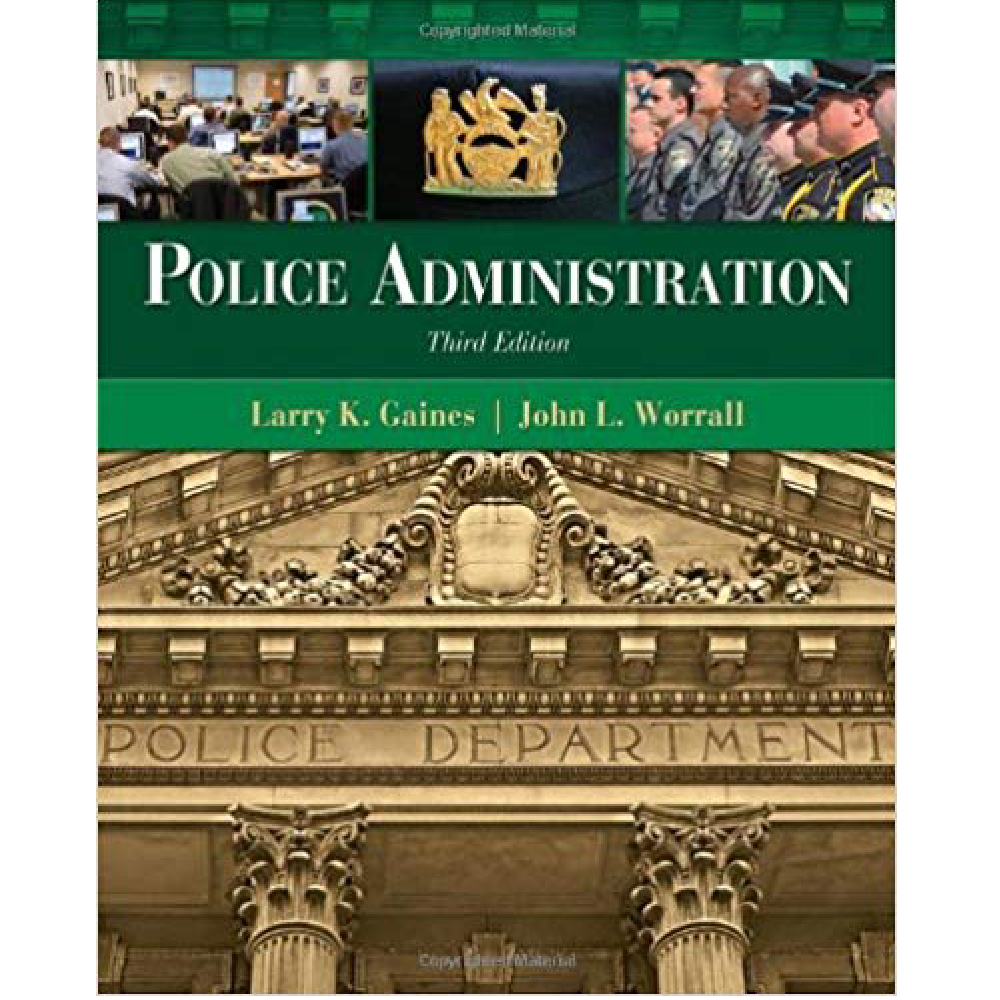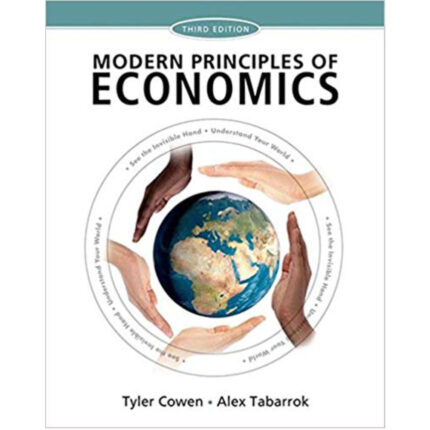Overview
Chapter 11:
Labor Relations
True / False Questions
1. Labor unions were organized as early as the late 1700s.
ANS: T PTS: 1
2. Police employee groups began forming during the professional era of policing.
ANS: F PTS: 1
3. The Boston police strike was the first police strike in the United States.
ANS: F PTS: 1
4. The National Association of Police Organizations is the umbrella organization for the estimated 4,000 police unions and fraternal organizations in the United States.
ANS: T PTS: 1
5. Several states and municipalities have laws prohibiting collective bargaining.
ANS: T PTS: 1
6. Where deficient work conditions exist, it is clear that unions can improve matters, especially in the areas of salary and supplementary compensation.
ANS: T PTS: 1
7. Community policing has caused a measure of conflict between police managers and line officers.
ANS: T PTS: 1
8. Management typically views the union as a negative force within the police organization that attempts to procure financial gains and control over administrative policymaking without regard to the best interests of the department or the community.
ANS: T PTS: 1
9. Public sector collective bargaining came into being during the 1800s.
ANS: F PTS: 1
10. Collective bargaining is a good way of preserving management prerogatives.
ANS: F PTS: 1
11. Arbitration is the most common method of impasse resolution.
ANS: F PTS: 1
12. Layoff of officers is a critical concern to police unions.
ANS: T PTS: 1
13. A contract that is acceptable to all sides is the result of successful negotiation.
ANS: T PTS: 1
14. Police strikes are frequent today.
ANS: F PTS: 1
15. The New York City Patrolmen’s Benevolent Association once ran a full-page ad informing people that they should not join the NYPD.
ANS: T PTS: 1













Reviews
There are no reviews yet.